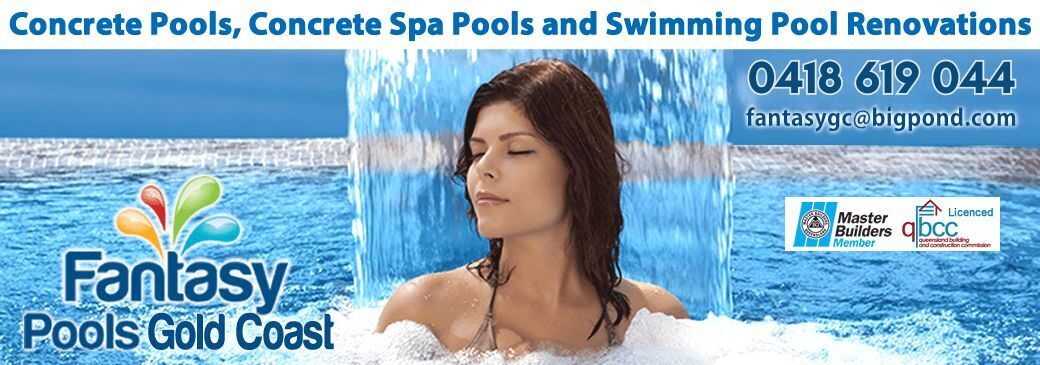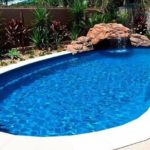Installing swimming pool? 8 things to consider
Yes, Installing swimming pool may add some serious cool-factor to your home but there’s some important things to consider before taking the plunge.
Is Installing swimming pool on your wishlist? Whatever stage of planning you’re at, a swimming pool is a major investment and the range of options is increasing all the time: in-ground or above, concrete or fibreglass, painted or tiled, infinity edge or lap pool.
The key to making good investment decisions is doing your homework first, so if you’re keen to have a pool in your backyard, consider the following questions, which will help you discover exactly what you want.
1. WHY INSTALLING SWIMMING POOL?
Start as you would with any big renovation project by establishing your reasons for putting in a swimming pool. These will have a big influence on its shape, depth, size and possibly even the type of construction.
Will you use it for laps, recreation or relaxing? Is it for your children and their friends, to enhance a view, or to act as a focal point for the garden?
2. IS MY SITE UP TO IT?
Swimming pools are easier to build on a level site, so if your block slopes steeply, construction costs will be higher. Ground conditions such as a high water table or very sandy, rocky or unstable soil will also make building trickier.
The size and location of your property will naturally determine the size, shape and design of your pool. Urban sites can have strict requirements when it comes to positioning your pool near property boundaries, so be aware that shading from other buildings or neighbouring trees might also limit where you can position a pool.
3. WHERE TO PUT IT?
Once you’ve decided on the type of pool, it’s time to work out the position. Check council and building regulations regarding site coverage allowance, pool fencing requirements and proximity to stormwater drains.
Your pool builder should contact your state’s Dial Before You Dig service to check the location of utilities such as gas, electrical, telephone, cable and water.
- Sight lines: Your view of the pool from inside the house and the rest of garden. Adding lighting or water features will make it more attractive. Seeing the pool from the house is essential if you have kids.
- Sun exposure: Does the location maximise sun exposure to help keep the water warm? Large trees can block the sun and drop leaves into the water.
- Wind exposure: will cool the water and increase evaporation. Plant or build screens to shelter.
- Accessibility: How will people enter and exit the pool? Where will you hang out around the pool?
- Storage: Where will you keep the filtration equipment, pool cleaner, toys and sun umbrellas?
4. INGROUND OR ABOVE GROUND?
The first question to consider when determining your pool’s construction is whether the pool should be in the ground or above it. Soil excavation and removal is costly but in-ground pools generally have a more permanent feel than most above-ground types.
5. WHAT WILL IT COST?
The cost of a basic concrete pool is generally more expensive than one made of fibreglass (from about $25,000 upwards). This is because many concrete pools have a customised shape and size, so you might find it costs you well over $50,000.
There are also many other additional pool-installation expenses that need to be factored in, including covers, decking, landscaping and heating systems in some areas of Australia. Then there are the ongoing costs of filtration (running and servicing pumps and filters) and keeping the water clean (chemicals, saltwater chlorinators, self-cleaning units and suction cleaners).
6. CONCRETE OR FIBREGLASS?
Concrete and fibreglass are the most popular materials. A steel-reinforced in-ground concrete pool has traditionally been viewed as the strongest, most durable pool option but advances in fibreglass composite technology have increased this material’s longevity and strength.
Although the use of sprayed concrete techniques (rather than boxed poured concrete) has sped up the process, the installation of a concrete pool can take about three months, much lengthier than fibreglass (as little as three days). Bad weather can hamper construction and the porous nature of concrete can lead to algae and mould issues if the surface is not properly finished.
Concrete offers flexibility in terms of shape, size and depth, if you want a customised design. You can also get an infinity edge or a “beach” (gently shelving) entry to the pool. There are lots of options for finishing a concrete pool’s interior, too, including marble plaster, tiles, pebbles, coloured quartz, swimming pool paint or vinyl.
7. FENCING LAWS
Every state in Australia requires by law that residential swimming pools and spa pools are fenced.
An Australian Standard applies to pool fences throughout the country. Each state and territory government has its own laws and permits to ensure every pool fence complies with the standard.
To make sure you meet your full legal responsibilities, please contact your local council or your state’s consumer affairs department.
8. WHAT WILL GO AROUND IT?
Fencing, paving, landscaping and a pump house can equal the pool cost. Whether you’re interested in timber, composite decking, pavers or stone, the most important considerations are slip resistance and maintenance.
Take into account how much space you have and whether your pool surround will meet with existing paving.
Maintenance depends on the material. Composite decking, for example, contains no timber so it is rot-, split- and fade-resistant.

